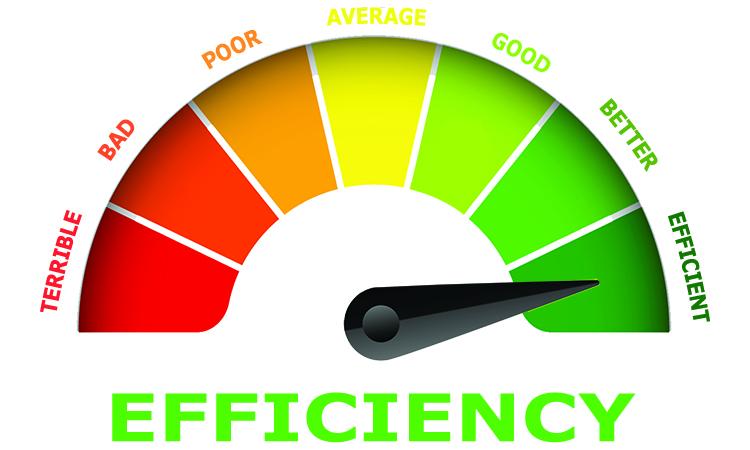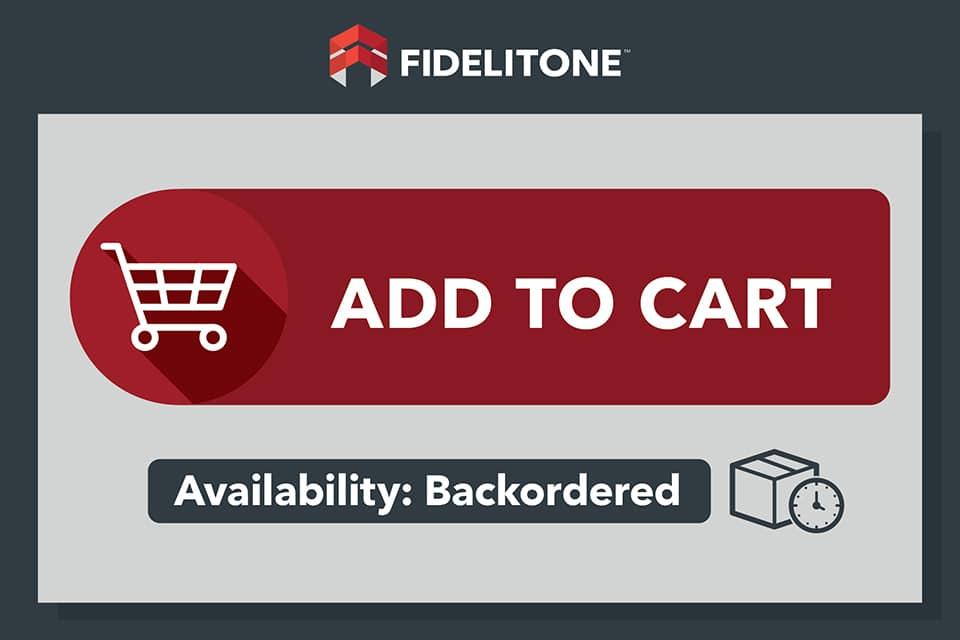In the fast-paced world of online shopping, one thing that can throw a wrench in the works is the dreaded phrase “back order.” When a product is on back order, it means that it is temporarily out of stock and customers will have to wait for it to become available again. The logistics, transport, and shipping involved in managing back orders can be a complex dance of inventory management and customer satisfaction. In this article, we will delve into the world of back order logistics and explore the strategies that companies use to navigate this challenging terrain.
Understanding Back Order Challenges in Logistics
Back orders in logistics can pose significant challenges for companies in terms of inventory management and customer satisfaction. When a product is placed on back order, it means that the item is temporarily out of stock but will be replenished at a later date. This can result in delayed shipments, increased lead times, and potential dissatisfaction among customers.
Some common challenges associated with back orders in logistics include:
- Inventory management issues
- Increased operational costs
- Customer dissatisfaction

Implementing Efficient Transport Solutions for Back Ordered Items
When it comes to implementing efficient transport solutions for backordered items, it is crucial to have a well-organized logistics strategy in place. One way to streamline the process is by working closely with transportation partners to ensure timely delivery of products. Utilizing a combination of air, sea, and land transportation can help expedite the shipping process and reduce lead times.
Another key aspect of efficient transport solutions is optimizing warehouse operations to minimize delays in shipping backordered items. By implementing automated sorting systems and utilizing real-time tracking technology, businesses can improve visibility and accuracy in inventory management. Additionally, prioritizing shipping for high-demand items and implementing a dynamic routing system can help ensure that backordered items are delivered promptly to customers.

Strategies for Streamlining Shipping Processes for Back Orders
One key strategy for streamlining shipping processes for back orders is to prioritize orders based on urgency. By categorizing back orders into high-priority, medium-priority, and low-priority, you can ensure that the most critical orders are fulfilled first. This can help prevent delays and ensure that customers receive their orders in a timely manner.
Another effective strategy is to utilize a fulfillment software that can automate the process of prioritizing, picking, and shipping back orders. This can help reduce manual errors and streamline the shipping process. Additionally, utilizing a reliable shipping carrier with a proven track record for timely deliveries can help ensure that back orders are fulfilled quickly and efficiently.
The Conclusion
As we navigate the complex world of back order logistics, it is important to understand the challenges and opportunities that come with it. By implementing strategic shipping and transport solutions, businesses can effectively manage back orders and ensure timely delivery to customers. With careful planning and collaboration between all parties involved, we can optimize the supply chain and create a seamless experience for both businesses and consumers. Remember, patience and communication are key in overcoming any hurdles that may arise. Thank you for joining us on this journey through the world of back order logistics. Here’s to smoother sailing and successful deliveries in the future!
